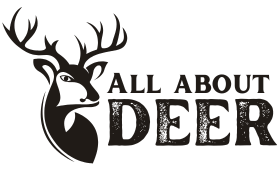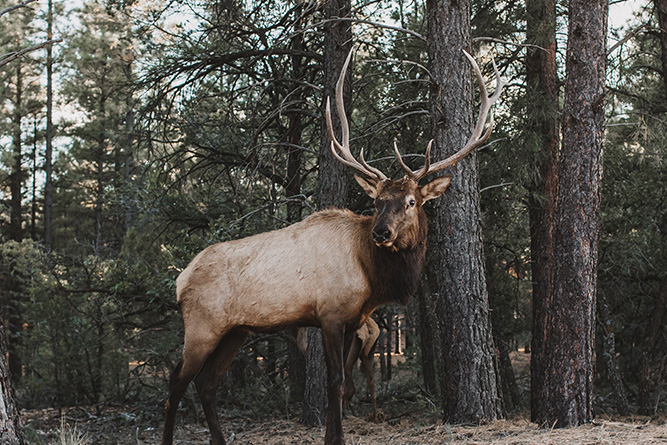The Elk, a magnificent and majestic species, roams the wilderness of North America. These grand creatures, known for their massive antlers and regal presence, hold a special place in the hearts of nature enthusiasts.
Table of Contents
Species Data
- Class: Mammalia
- Order: Artiodactyla
- Family: Cervidae
- Scientific Name: Cervus canadensis
- Life Span: 10 to 13 years
- Height: Up to 150-240 cm (59-94 inches)
- Weight: 500-1,100 pounds (227-500 kilograms)
Description
Elk, also known as wapiti, are one of the largest species in the deer family. Their distinctive antlers, which can span up to four feet, are a symbol of strength and vitality. Their fur varies in shades of brown, and they possess a characteristic white rump patch.
Appearance
These impressive creatures are easily identifiable by their large size and impressive antlers. While both males (bulls) and females (cows) have antlers, the bulls’ antlers are more substantial and branch out extensively.
Behavior
Elk are known for their social nature and are often seen in herds. During the rutting season, bulls engage in fierce competitions for mating rights, emitting resonant bugling calls that echo through the wilderness.
Habitat
Elk inhabit a diverse range of ecosystems, including forests, grasslands, and mountains. They are highly adaptable and can thrive in both open and densely wooded areas.
Diet and Nutrition
Elk are herbivores with a diet that includes grasses, leaves, bark, and shrubs. Their large size requires a substantial daily intake of vegetation to sustain their energy.
Mating Habits
Elk typically mate in the fall, with a gestation period of around 240 to 262 days. Female elk, known as cows, give birth to one or two calves, which they nurture and protect.
Mating Behavior
- Reproduction Season: Fall
- Pregnancy Duration: Approximately 240-262 days
- Baby Carrying: Cows nurture and protect their calves
- Independent Age: Calves become independent at around 6 months
- Female Name: Cow
- Male Name: Bull
- Baby Name: Calf
5 Fun Facts for Kids
- Elk can run at speeds of up to 45 miles per hour, as fast as a car on the highway!
- Their bugling calls during the rutting season can be heard from miles away.
- Elk are excellent swimmers and can cross rivers with ease.
- The largest antlered elk are often the most dominant in the herd.
- These regal creatures are a symbol of wilderness and are cherished by conservationists


